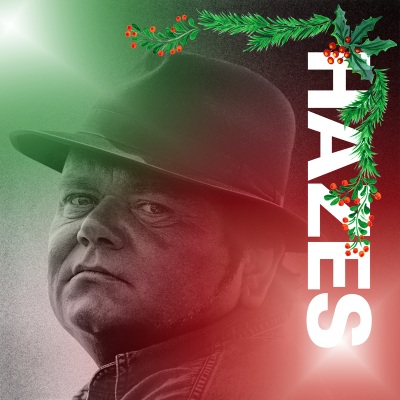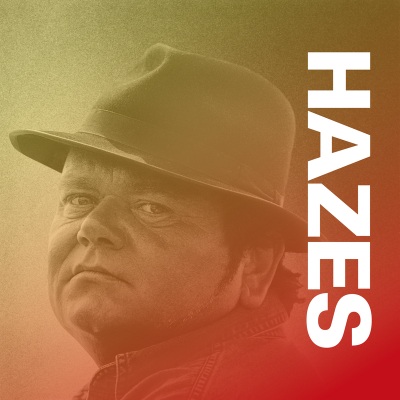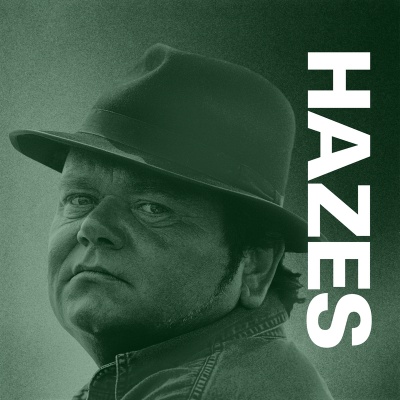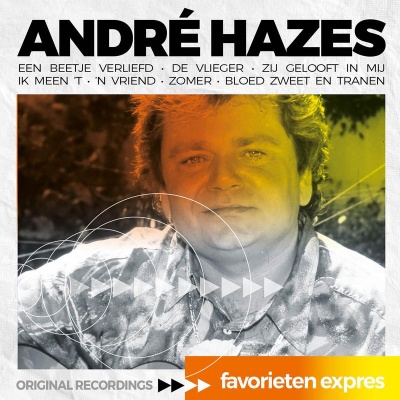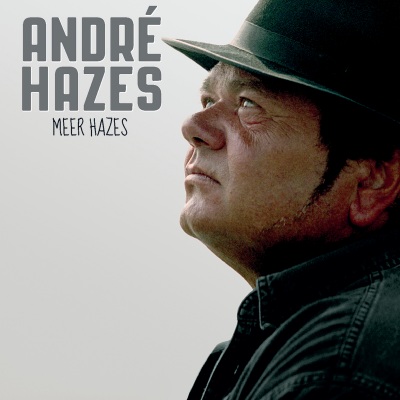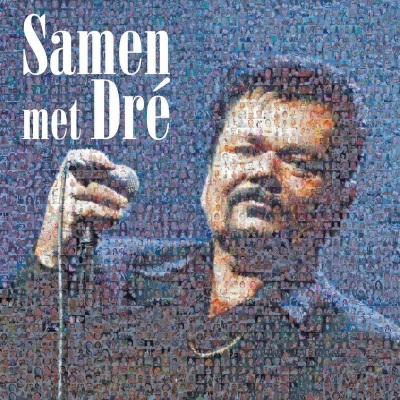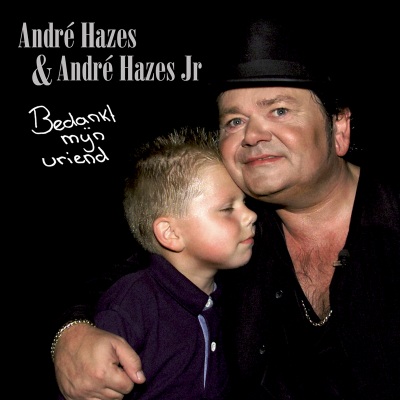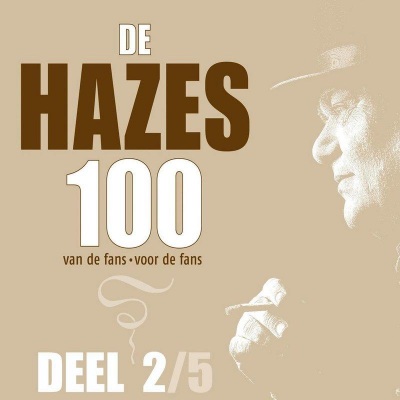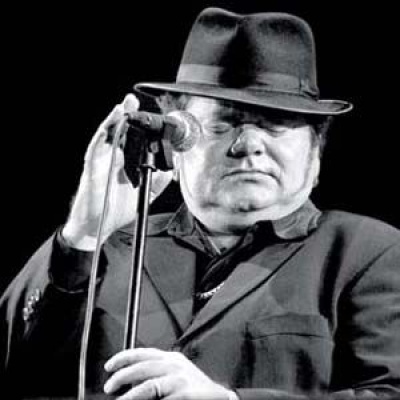
André Hazes
小简介 André Hazes was both a cult figure and a very successful mainstream pop artist. He earned both reputations by being the most successful baby boom generation interpreter of "het levenslied" -- the Dutch equivalent of American country songs or the French chanson. "Het levenslied" (the life song) evokes the lives of ordinary people in simple and recognizable terms, often with a melodramatic touch. Hazes rose to fame in the 1970s, with hit songs like "Eenzame Kerst" and "De Vlieger." He secured his mainstream success well into the '80s, and although he was obscured somewhat in the 1990s, Hazes returned to the spotlight in 1999, staying there until his early and unfortunate death in 2004. André Hazes was born in Amsterdam on June 30, 1951, in the working-class neighborhood of De Pijp. He fell in love with music -- especially rock & roll and the blues -- at an early age. When he was only eight years old, André was discovered by Johnny Kraaykamp, Sr., shortly after which his single "Droomschip" was released, but it failed to bring success. Sometimes, lightning does strike twice, because in 1976 -- when Hazes was 26 years old -- he was discovered again, this time by no less than Willy Alberti. Up until then, Hazes had gone through a string of jobs: from factory worker to market salesman. Alberti ensured the release of the single "Eenzame Kerst" during the Christmas season of 1976. Hazes' first full-length studio album, entitled Zo Is Het Leven, followed in the summer of 1977, to positive reviews and good sales. Frustration and tension with his record label, however, kept Hazes away from recording and the music industry for the next few years. Among other things, he worked as a bartender. He returned to the recording and performing fold in 1980 -- with the help of producer Tim Griek, Hazes released a single "'N Vriend" and a studio album of the same name. 'N Vriend's successor, Gewoon André, reached the top of the album charts a year later. The single "Een Beetje Verliefd" became Hazes' ticket to superstardom. For Hazes, the '80s were marked by over 20 hit singles and more than a dozen successful studio albums, as well as sold-out shows, live albums, and his own (although short-run) television series. In May 1988, Hazes' friend and producer Tim Griek died. Later that year the Dutch football team won the European Championship, and Hazes released a single, recorded with the team, entitled "Wij Houden Van Oranje." The song grew into a national sports anthem. At the end of the '80s, Hazes recorded and released Dit Is Wat Ik Wil, a collection of blues originals and covers of Dutch and English-language origin. Among them was a version of "The Thrill Is Gone" with Brainbox's Kaz Lux and "What'd I Say" with Herman Brood. With two new producers, Hazes kept his production pace high in the 1990s -- delivering at least one new studio album per year -- but signs of wear, both artistically and in his audience, were beginning to show (though his sales consolidated and never dropped below respectable levels). Even more importantly, Hazes' lifestyle, consisting of many shows a year and a lot of drinking, was beginning to take its toll. Hazes was never in the best physical shape, but at the end of the '90s he had become seriously overweight and began experiencing heart problems. After filmmaker René Appel made a documentary about him, Hazes' star rose to national fame once again: Zij Gelooft In Mij showed Hazes in all his fragility -- both as a performer and as a husband and a father. His next three albums all made the Top Three of the album charts, and the compilation 25 Jaar: Het Allerbeste Van reached the number one position and eventually spent over two years in the album charts. In 2003, Hazes celebrated his silver anniversary as a performer with a concert in the Amsterdam Arena, immortalized with the DVD Live in de Amsterdam Arena. In May 2004, Hazes announced that he had hearing problems; as a result, he had to cancel his concerts. Four months later, on the 21st of September, Hazes was rushed to a hospital. He died two days later as a result of two strokes and cardiac arrest. Hazes was given a farewell ceremony in the Amsterdam Arena on September 27, with more than 48,000 people present. Over six million people from the Netherlands and Belgium watched the service. Several Dutch celebrities spoke and/or performed that night -- among them were Trijntje Oosterhuis, René Froger, and Guus Meeuwis -- and Hazes' band played Gary Moore's "Still Got the Blues." Though some argue that the evening was over the top (and perhaps rightly so), Hazes' farewell ceremony stressed his special status as a performer; not merely loved for his music, he was also adored for being himself -- a plain and ordinary yet special person and performer. Hazes' single "Zij Gelooft In Mij" was re-released two days later. It became his fifth number one single (others were "Eenzame Kerst," "Diep In Mijn Hart," "Ik Meen 't," and "Wij Houden Van Oranje"). A year after his death, on September 23, 2005, Hazes' ashes were shot into the sky. That same day, a statue was uncovered at the Albert Cuyp market in Amsterdam, the place where Hazes was first discovered. After his death, Hazes scored several more hits -- some of them posthumous duets with contemporary artists such as Gerard Joling and his son André Jr. An album of these duets, Samen Met Dré, was released in 2007. It reached the number one slot not long thereafter, staying there for three weeks.


